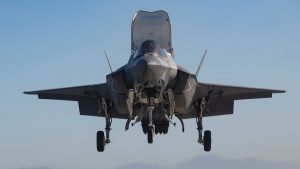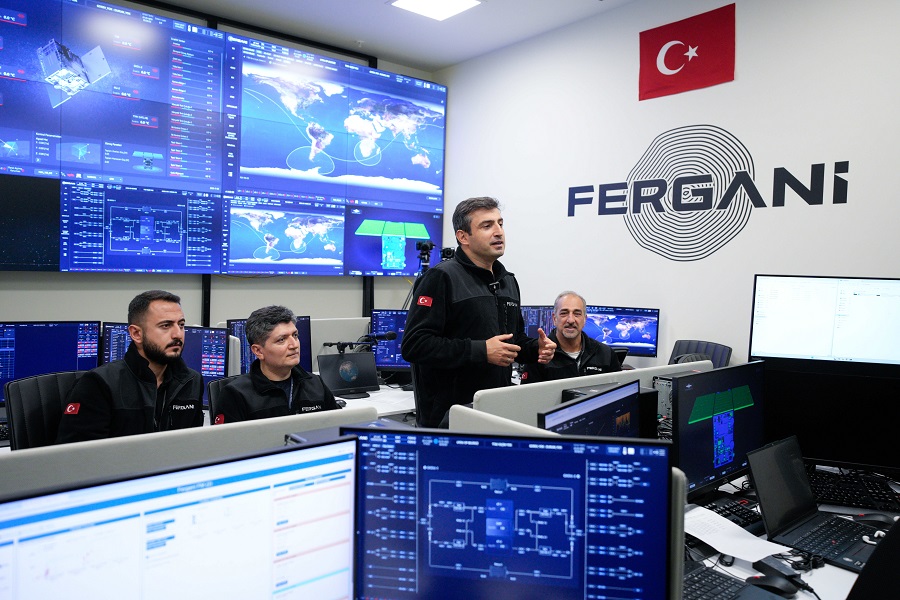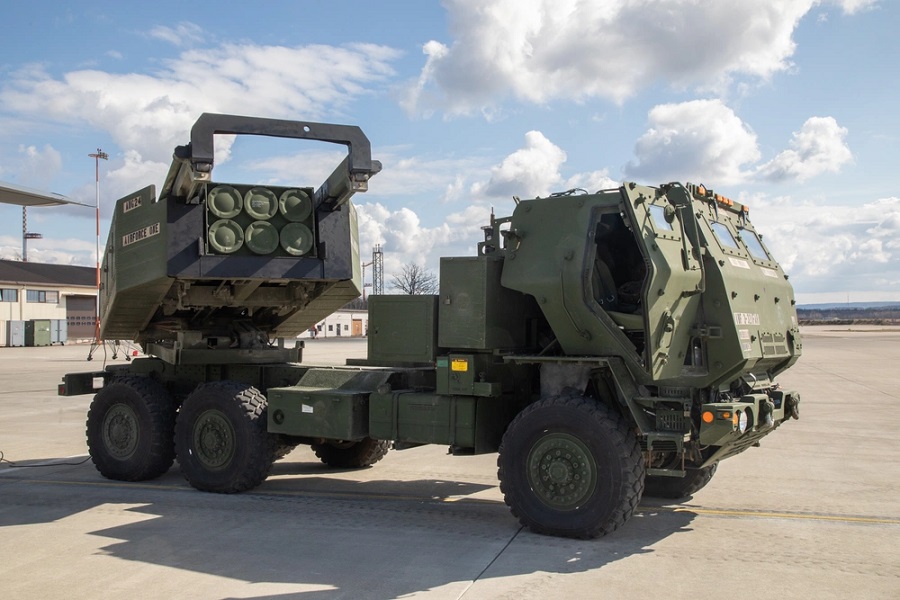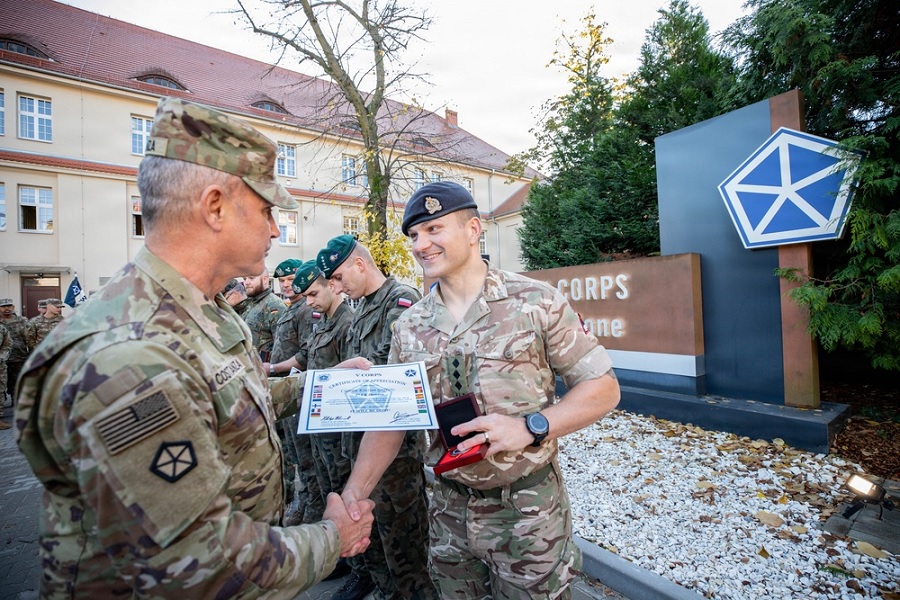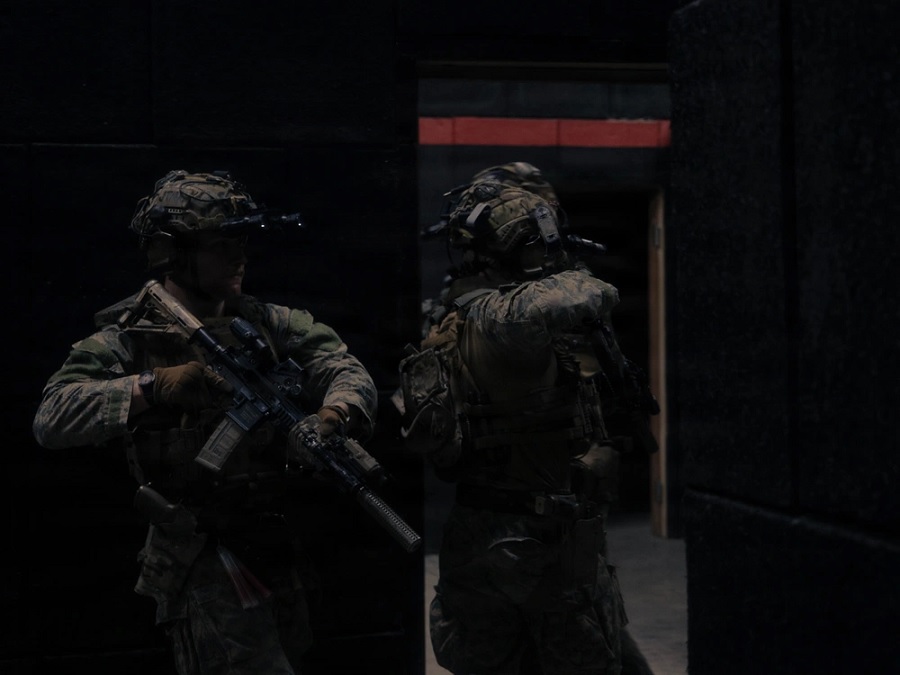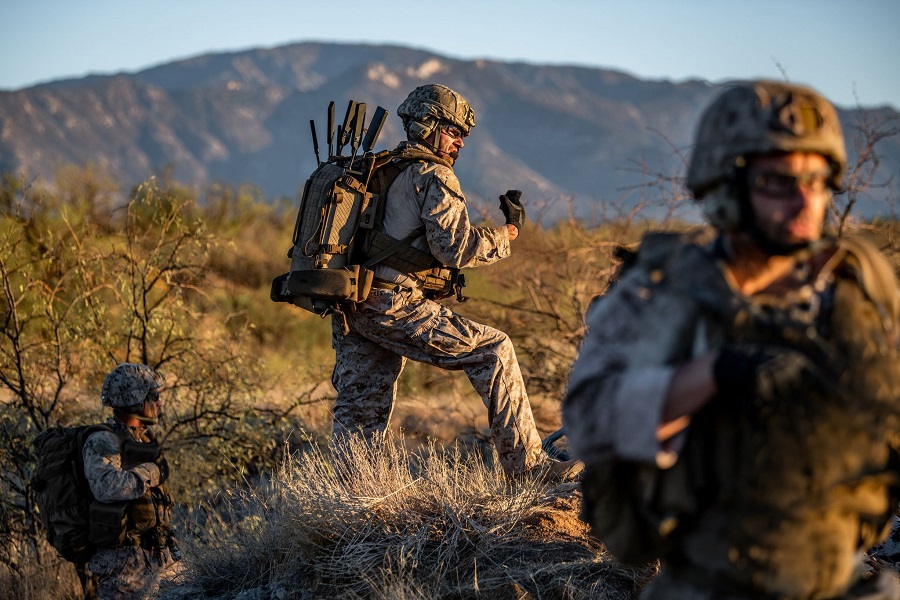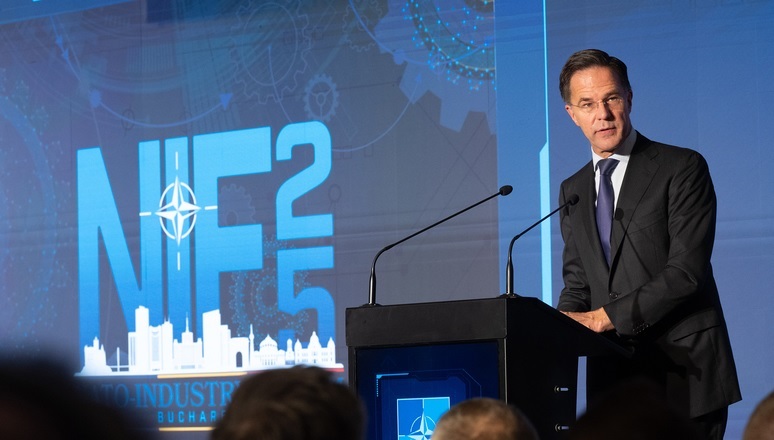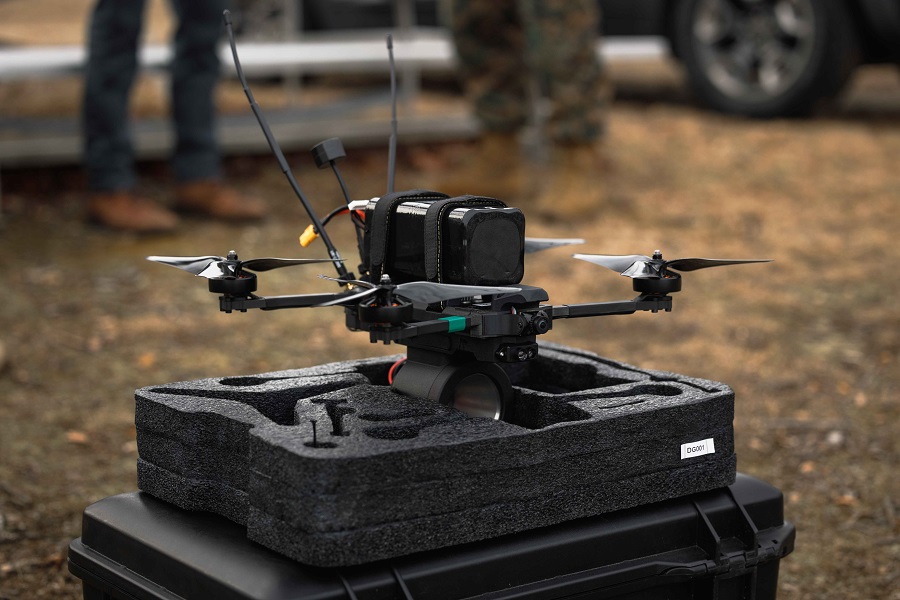The effort was led by a two-person team at the FRCE Innovation Lab, using digital light processing to cure and harden liquid resins efficiently. “This is an incredible success story for additive manufacturing,” said Randall Lewis, lead of the Advanced Technology and Innovation (ATI) Team, which oversees the lab.
Lewis highlighted the impact of the project on operational readiness, noting, “Work like this – using leading-edge technology to fill an acute need – is exactly why FRC East has been designated the Commander, Fleet Readiness Centers Additive Manufacturing Center of Excellence.” The tools have already been distributed to the U.S. Navy, Marine Corps, Air Force, and allied forces.
Marine Aviation Logistics Squadron 14 at Marine Corps Air Station Cherry Point also received direct deliveries. Capt. Jason Moore, Production Control Officer at MALS-14, said, “These types of efforts lead to expeditious capabilities, rapid fielding and sustainment, and increased aircraft and mission readiness for all warfighters.”
Innovation Lab Lead Engineer Jeremy Bunting and technician Ken Murphy began immediate development once the request came in. Bunting identified digital light processing as the most time- and cost-effective method based on the tool’s design and application.
Initial production began with a batch of 20 units, followed by evaluation and design refinements from the local F-35 Lightning Support Team. Final testing confirmed the resin’s chemical resistance and suitability for operational use.
Bunting explained the benefits of the chosen method: “With the digital light processing, I did a batch of 20 and it took an hour and 15 minutes; then I did a batch of 60, which also took an hour and 15 minutes. That makes it extremely scalable.”
The order of 2,000 tools nearly equalled the lab’s entire annual production volume, highlighting both the scale and efficiency of the initiative. “This job was unusual because of the quantity, but the Innovation Lab does jobs like this every day,” said Bunting.
Robert Lessel, chief engineer and senior executive at Commander, Fleet Readiness Centers, praised the project’s strategic importance. “Projects like this positively impact naval aviation’s capability, readiness and lethality,” he said.
“Wins like the manufacture of this O-ring installation tool produce meaningful outcomes for the fleet,” Lessel added. “It’s all about warfighting and supporting our warfighters.”
Since launching in 2020, the Innovation Lab has focused on embedding additive manufacturing into standard practice. “We want to be able to productionize additive manufacturing so we can quote it and work it just like any other job,” Bunting said.
FRCE, North Carolina’s largest maintenance and technical support centre, employs over 4,000 personnel and generates more than $1 billion in annual revenue. It plays a vital role within the U.S. Navy, Naval Air Systems Command, and the Commander, Fleet Readiness Centers.








